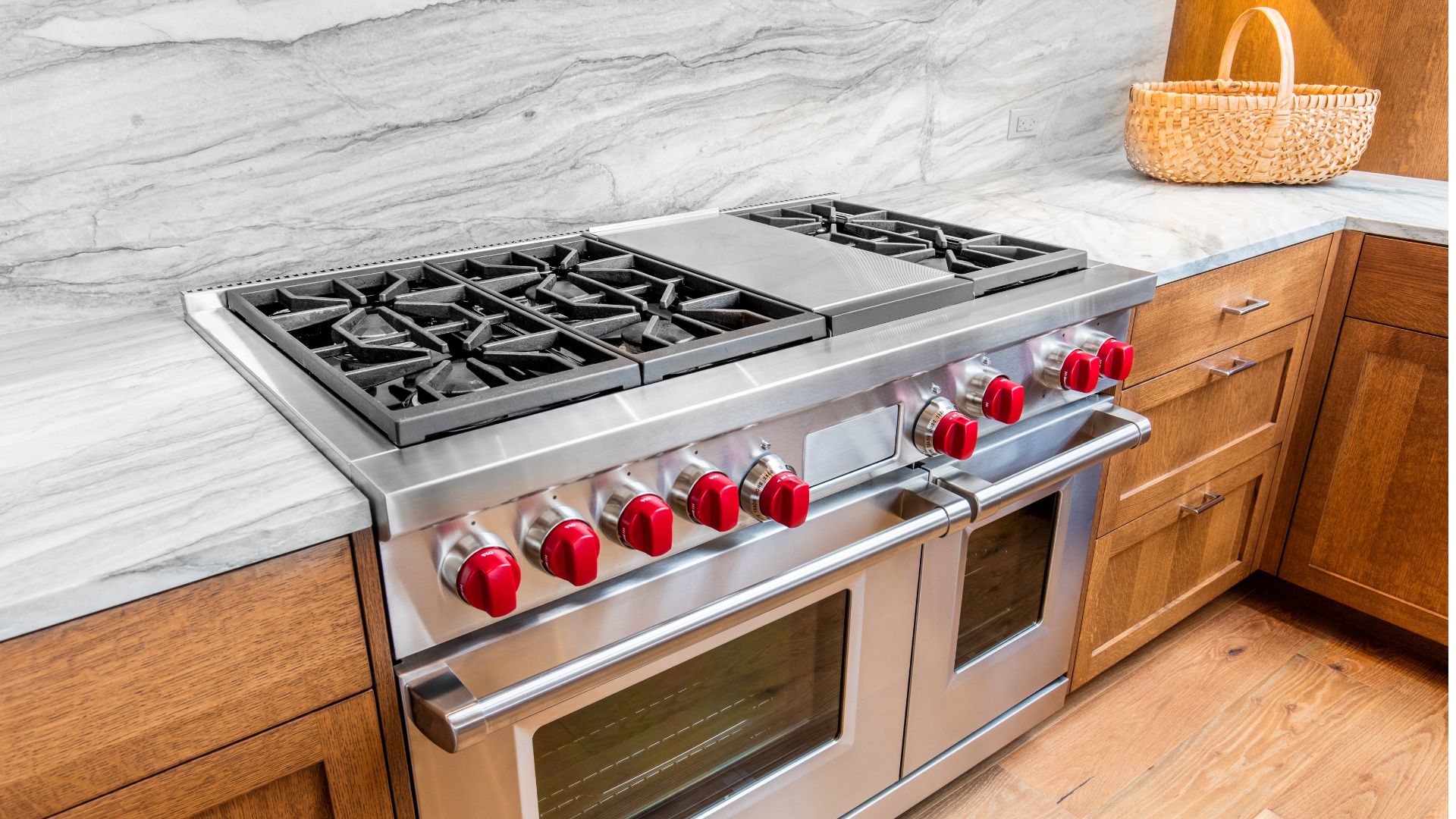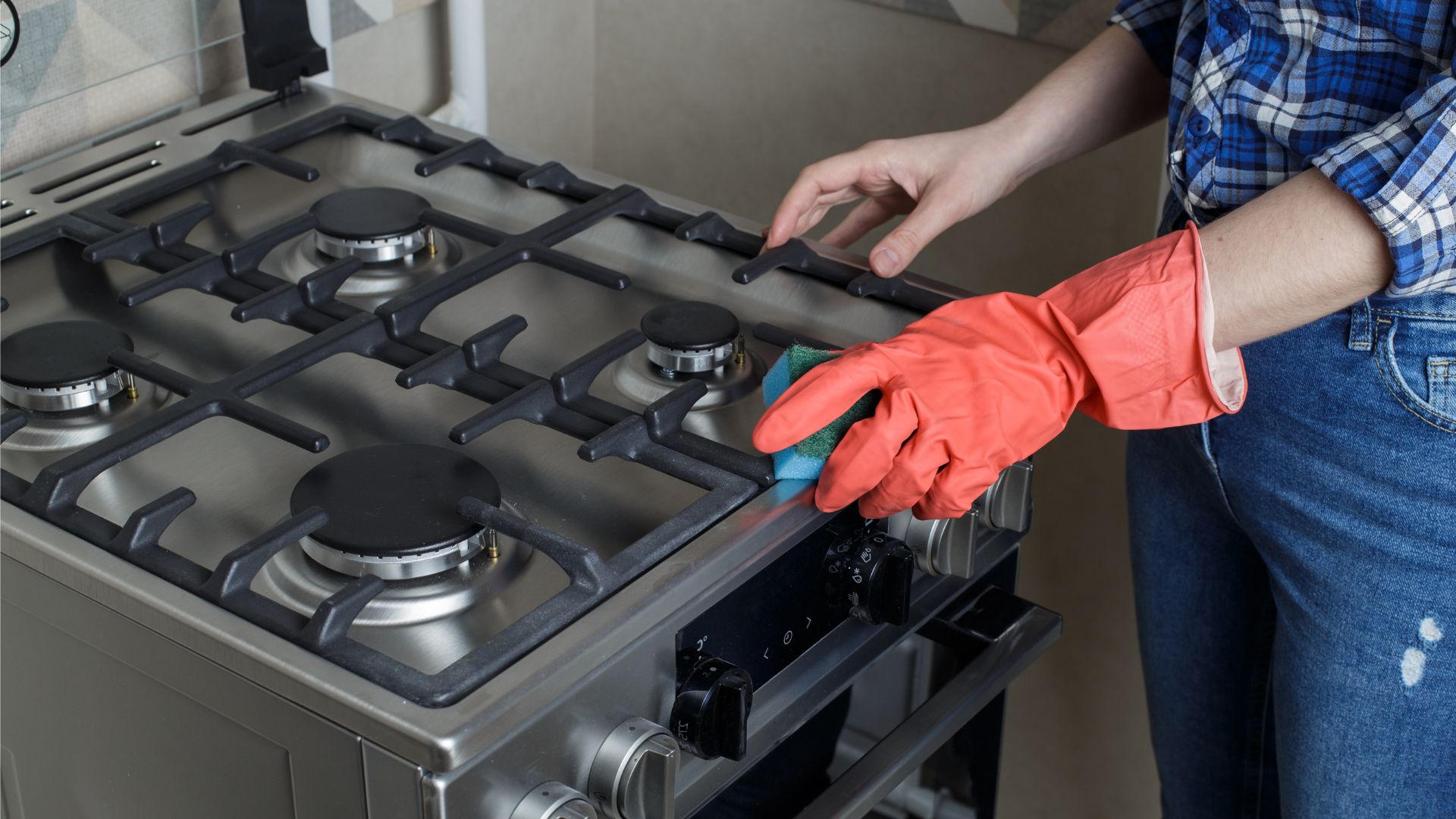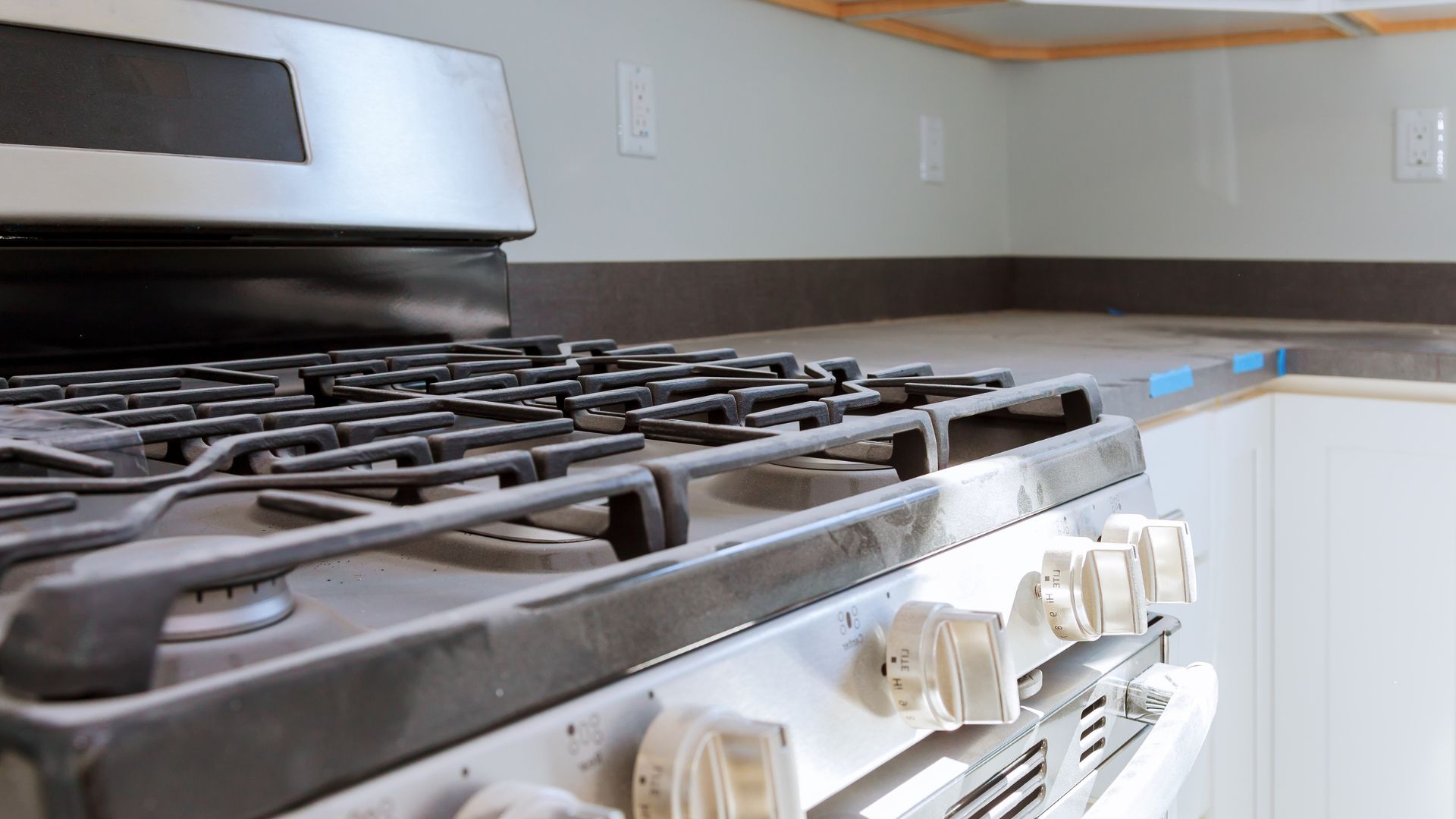7:00AM to 5:00PM
Did you know that gas powers about 65% of Australian homes, either through a network connection or bottled gas? Across the country, over 5.1 million households rely on natural gas, which accounts for 45% of household energy.
Given the widespread use of gas, particularly in cooking, maintaining your gas oven is crucial. A well-maintained oven ensures safety by preventing dangerous leaks, improves efficiency by using energy more effectively, and extends the appliance’s lifespan, saving you money in the long run. Neglecting maintenance can lead to costly repairs or, worse, unsafe conditions in your home.
This guide will help you identify and tackle common gas oven issues. From ignition problems to uneven heating, we’ll provide you with practical tips to keep your oven running smoothly, ensuring it remains a safe and efficient part of your kitchen for years to come.
Gas ovens are essential kitchen appliances, but when they fail to heat up properly, they can disrupt your cooking routine. There are several potential causes for this issue, and understanding them can help you diagnose and fix the problem.

Faulty Igniter: One of the most common oven problems is a faulty igniter. The igniter works by drawing an electrical current to heat up until it can ignite the gas flow. If the igniter is weak or has visible damage, it might not get hot enough to ignite the gas, leading to poor temperature control or even a complete heating failure. To check, see if the igniter glows when the oven is turned on. If it doesn’t, it likely needs to be replaced.
Malfunctioning Thermostat: If your gas oven isn’t reaching the correct temperature, a malfunctioning thermostat or temperature sensor might be to blame. These components monitor the oven’s temperature and send signals to the control board to regulate the gas valve and heating element. If they aren’t functioning correctly, the oven’s temperature may fluctuate, leading to uneven heating.
Gas Supply Issues: Ensure that the gas supply line is open and not obstructed by food debris or other gas appliances. A weak flame or strange noises might indicate a problem with the gas line or safety valve. If you detect a gas smell, immediately shut off the oven and gas valve and contact your gas supplier, as a gas leak can be extremely dangerous and cause carbon monoxide poisoning.
If the pilot light won’t stay lit or if you suspect issues with the gas flow, such as a weak flame or incomplete combustion (where the flame colour doesn’t burn blue), professional assistance is recommended.
Regular maintenance, including checks for gas leaks and proper ventilation, can prevent many of these issues and ensure your gas appliances are heating properly. If your oven still isn’t working properly after these troubleshooting steps, or if you notice any safety hazards, it’s time to consult an appliance repair specialist.
Inconsistent oven temperatures can make cooking a challenge, leading to undercooked or burnt meals. Several factors could be causing these fluctuations, and understanding them is key to resolving the issue.
Faulty Temperature Sensor: The temperature sensor in your gas stove or oven plays a crucial role in maintaining consistent heat. If it’s faulty, the oven temperature may fluctuate or fail to reach the desired level. To test the sensor, use an ohmmeter to check its resistance. If the reading doesn’t change with the oven’s heat, the sensor may need to be replaced. Be cautious, as a malfunctioning sensor can also affect the control board, leading to further problems.
Broken Door Seal: A broken door seal can cause heat to escape, leading to uneven oven temperatures. Regular cleaning of the seal can prevent food debris from causing damage, but if you notice any visible wear or gaps, the seal will need to be replaced. To check, close the oven door and inspect for any light escaping around the edges. If the light is visible, a replacement is necessary.
Incorrect Calibration: Incorrect calibration of the oven’s control boards can also cause inconsistent temperatures. To calibrate, follow your gas appliance’s manual to adjust the settings, ensuring the oven temperature matches the set temperature. This step is essential for both gas and electric ovens.
If these troubleshooting steps don’t resolve the issue, other components like the igniter, heating element, or even the gas valve might be faulty and need repair. Improper ignition or a malfunctioning spark module can also be a safety hazard, potentially leading to carbon monoxide exposure, a lethal gas. For complex issues, consult a gas provider or appliance repair specialist to avoid any safety hazards.
A gas stove with an oven door that won’t close properly can seriously impact cooking performance and pose safety risks. Without a tight seal, heat escapes, leading to uneven cooking and potentially dangerous situations.

Worn-Out Door Hinges: One common issue is worn-out door hinges. Over time, the hinges can become loose, preventing the door from closing fully. To fix this, open the oven door fully and inspect the hinges. If they are loose or show visible damage, they may need to be realigned or replaced. Make sure the hinges are in the open position when working on them, as this will make the process easier.
Misaligned Latches: Misaligned latches are another culprit. If the latch isn’t catching properly, the door won’t close. Check the latch alignment and, if needed, use a screwdriver to adjust it so the door can securely shut. This simple oven repair can make a big difference in your gas appliance’s performance.
Warped Door: A warped door can also prevent the oven from closing properly. Inspect the door by closing it and checking for gaps or light escaping. If the door is warped, it may need to be replaced entirely, as this could also affect the oven burner and control board, leading to ignition issues.
These troubleshooting tips will help you address common problems with your gas range and ensure that your gas appliances are safe and efficient. If the problem persists, consult a professional for further appliance repair.
Detecting a gas smell when your oven is on is a serious issue that should never be ignored. It could indicate a potentially dangerous gas leak, which requires immediate attention.
Loose Connections: One of the most common causes of a gas smell is a loose connection within the gas supply line. If the connection between the gas line and your gas stove is not secure, gas can escape, leading to a noticeable odour.
Faulty Gas Valve: A faulty gas valve can also cause a gas leak. The valve controls the flow of gas to the burners, and if it’s not functioning correctly, gas may leak even when the flame is not ignited. This is a critical issue that requires prompt oven repair.
Cracked Gas Line: Another potential cause is a cracked gas line. Over time, the gas line connected to your gas appliance can develop cracks due to wear and tear, leading to dangerous leaks.
If you notice a gas smell, immediately turn off the gas supply at the source and ventilate the area by opening windows and doors. Do not attempt to ignite or test the burners, as this could cause a fire or explosion.
Contact a professional immediately to inspect your gas appliance and perform any necessary repairs. Gas leaks are extremely hazardous and should not be handled without proper expertise.
Whether it’s a loose connection, a faulty igniter, or a damaged burner, professional inspection and repair are essential for your safety and the proper functioning of your gas appliances.
A gas stove burner that won’t ignite can be due to a clogged burner port, faulty igniter, or gas supply issues. To fix a clogged port, ensure the stove is off, then remove the burner cap and clean the ports with a brush or pin.
If the igniter is faulty and not sparking, it may need to be replaced. Also, check that the gas line is open and supplying gas properly. If these steps don’t work, the burner might require repair or replacement. When in doubt, contact a professional to inspect your gas appliances.

Strange oven noises like clicking, hissing, or thumping can indicate various issues. A clicking sound often points to a faulty gas valve or igniter. Hissing might suggest a gas leak while thumping, which could mean loose components or a fan issue. To troubleshoot, tighten any loose parts and check the fan for obstructions. If the noise persists or you can’t determine the source, it’s crucial to contact a professional. Ignoring these noises could lead to more severe problems with your gas stove or other gas appliances.
Regular maintenance and timely repairs are essential for keeping your gas oven safe and efficient. In this blog, we covered common issues like inconsistent oven temperatures, burners that won’t light, doors that won’t close properly, and strange noises. These problems can impact the performance of your gas stove and, if left unchecked, can lead to safety risks such as gas leaks.
For expert assistance, contact Gold Coast Plumbing Company. Renowned for their reliable and efficient service, they are the go-to choice for all gas-related issues, including gas oven repairs and other gas appliance services. Their experienced team ensures your home remains safe and your appliances operate smoothly. Don’t wait— reach out to Gold Coast Plumbing Company today for dependable service and peace of mind.